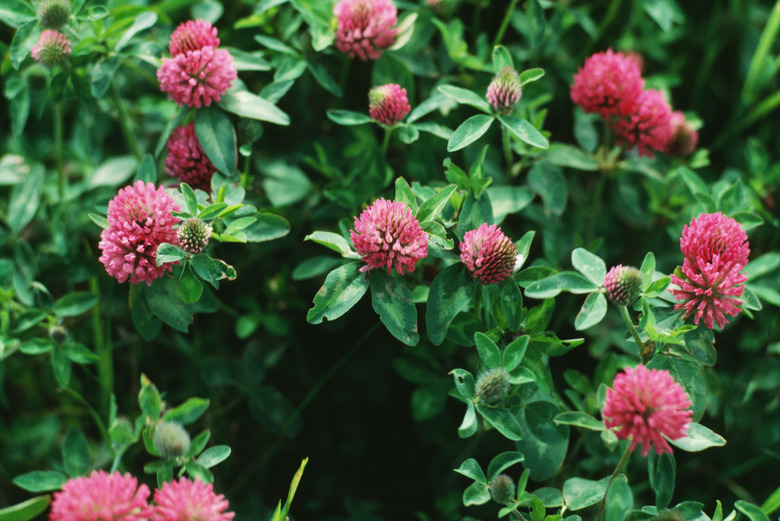A Cheap Fix To Cover Up Dirt In A Backyard
Exposed soil attracts weeds at an alarming rate. But covering it with a blue tarp is almost as ugly. Whether your backyard has bare dirt in piles or boasts a swath of unplanted ground around a newly built house, covering it up to prevent it washing away in the rain — or entertaining cats, dogs and other pests — is a must. Doing so need not be costly.
Get the Goods
The cheapest coverup is free. Often, tree-pruning companies will deliver wood chips to your yard for free. You'll need a spot without overhead power lines or other obstructions that would interfere with the truck dumping them. Check with tree-care and landscape companies and watch for trucks cutting branches for utility companies and ask whether they will bring you a load. Leaves are free mulch in the fall, and your neighbors may be glad to bring you plenty. Wood shops can be a source for free sawdust.
Block the Light
For long-term coverage and weed control, applying mulch is not enough because it eventually will break down as soil microorganisms consume it. For best results, lay down a light-blocking barrier before putting on the mulch. You can use newspaper laid about 10 sheets thick, flattened cardboard boxes, landscape fabric or old cloth rugs.
Stop Erosion
While ground-cover plants help stop soil movement with their roots, they are not a quick fix and require an initial cash outlay. They also require frequent weeding until the plants mature. That said, if you want greenery and don't want to plant lawn grass, choose quick-growing evergreen ground covers such as creeping Jenny (Lysimachia nummularia), which thrives in U.S. Department of Agriculture plant hardiness zones 4 through 8, or blue star creeper (Isotoma fluviatilis), hardy in USDA zones 5 through 9.
Prepare for Planting
If you are planning to use the area for future vegetable beds, a cheap and quick fix is to plant a thick cover crop. Cover crops also are called green manure because when you chop them up into the soil once they mature, they rot quickly and add nutrients. The most common ones are annuals. Some thrive in warm weather and others in cool weather. Choices include crimson clover (Trifolium pratense), annual ryegrass (Lolium multiflorum) or hairy vetch (Vicia villosa). Cover-crop seed is inexpensive and goes a long way.
References
- Cornell University: New York State Integrated Pest Management: Weeds and Your Garden
- University of Vermont Extension: Cover Crops and Green Manures
- Stepables: Everything You Ever Wanted to Know about Ground Cover Plants
- Fine Gardening: Lysimachia Nummularia "Aurea" (Golden Creeping Jenny)
- Monrovia: Blue Star Creeper
